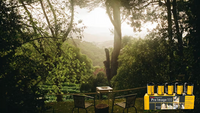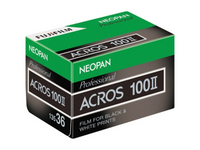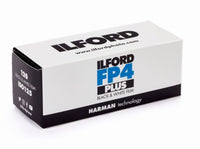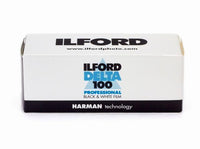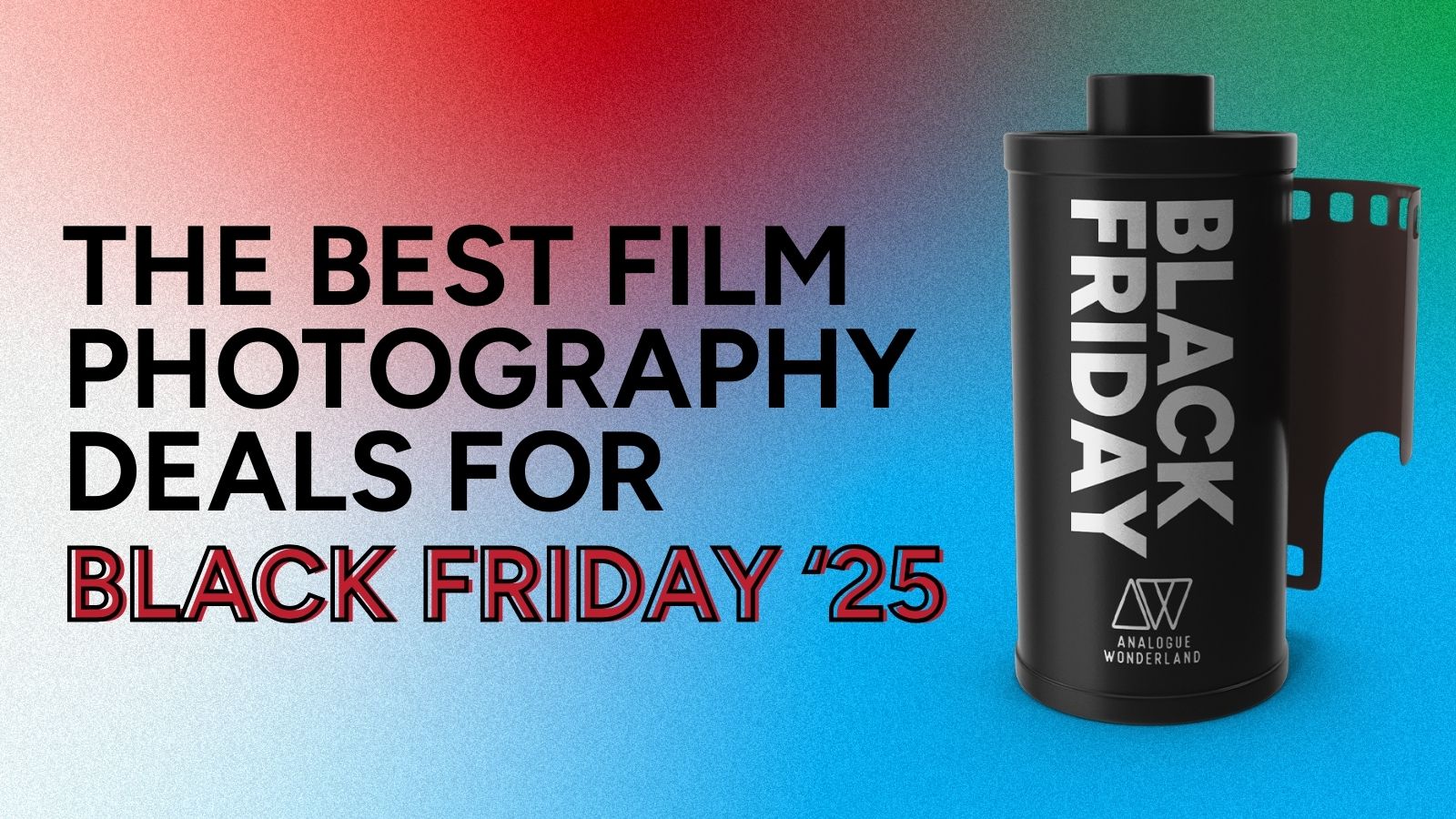Black Friday 2025 has landed at Analogue Wonderland, bringing some of our biggest film photography deals of the year - from discounted film and cameras to money-saving WonderLab processing offers, exclusive bundles, and festive specials available for a limited time only. Grab a great deal while stocks last!
Recent posts
Shop the article
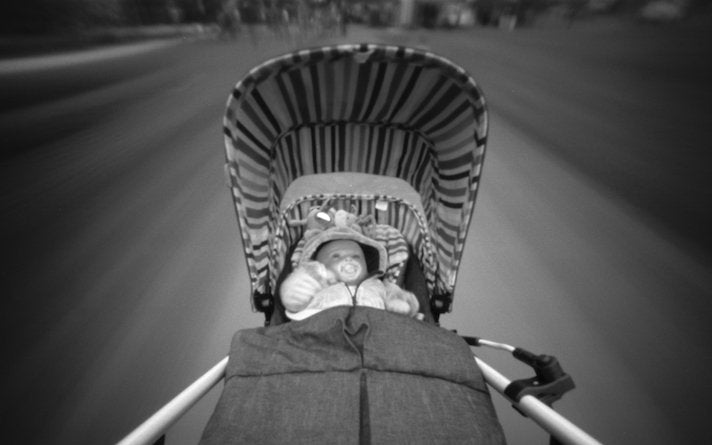
The Best Film For Pinhole Photography
By Paul McKay
Today's post is written by Neil Piper, a photographer with plenty of pinhole passion and experience and it is always a great article to enjoy on the last Sunday of April a.k.a. World Pinhole Photography Day!
So where do we even begin with this post? The best film for pinhole photography? Controversial topic probably, certainly subjective, so I’ll simply talk about what I do, what I’ve learned through my personal work and hopefully that will be of use to some of you guys!
Now before we begin there are two words that I need to say:
Reciprocity Failure
Now this again is a controversial topic...some say reciprocity failure is a myth, some treat it with massive respect. Me? I fall somewhere in the middle. In a nutshell, it’s a posh term that means the longer you expose a piece of photographic film (or paper) for, the less reactive to the light it becomes. Therefore you need to add some exposure time to make up for the fact that your metered 30 second scene will require some more light because the film becomes less reactive after the first second or so.
Example: Right now it’s kinda grey outside, and if I point my pinhole assist app out the window into the garden it says that if I am using my Reality So Subtle 6x6F with Ilford FP4, it should be a 3 second exposure. Fine. What it also tells me is that due to the reciprocity failure rate of the FP4, I should actually expose it for five seconds, just to account for the film’s failure curve.
Through personal experience, and through talking to Ilford themselves, I have my own reciprocity curves for the films by Ilford that I use and the Pinhole Assist app applies them to the meter reading. Not all films are created equal, and most films require you to add some extra exposure time once your indicated times start stretching out past as little as one second.
Also keep in mind though that I have had many conversations with friends and respected pinhole photographers who will happily tell you all day long that back in the day they took a regular meter reading, and either did nothing to compensate for this reciprocity failure, and held their licked finger to the wind and ‘added a bit of time.’ Or used ‘the force...’ That’s a common one, and you’ll need to make your own choices here through experience I’m afraid...!
Depending on what film you’re using you’ll see some different results due to this. You may see colour shifts with both colour C41 and E6 films, or you might just see a bunch of under exposed frames if you’re shooting black and white. Either way, have a read up on the subject, make your mind up about it, and go shoot some pinhole!

Pinhole photo (c) Neil Piper
As I said, the best film for pinhole is surly a matter of opinion. In my experience a film that when shot through a lensed camera gives you a nice contrasty image is going to do pretty much the same when used in a pinhole camera, so if you’re already a film shooter – which I’m going to assume is true if you’re reading this – go ahead and get some of your favourite film and run it through your pinhole camera.
I know what you’re probably saying, I can hear you shouting at your screen as I type this so lets just get it done with...
Acros
Yeah I know. Fuji Acros.
It's like one of those word association games. One person says ‘pinhole’ the next person immediately thinks ‘Acros.’ Well sorry guys but Acros is no more. Well at least the original stuff is no more. It was great because it was one of if not the only film on the market that didn’t require any reciprocity failure (remember that?) correction up to something like a full minute. Or an hour. Maybe a day but definitely not a week. I can’t remember how long it was but it was certainly massively more than anything else anybody had ever tried exposing through a pinhole and therefore we all loved it. Plus it looked awesome as well. Fantastically smooth and contrast to die for. All my own opinions of course. Anyway the film is no more until this mythical Acros II comes along - whenever it does so lets not mention it again...
[ED: we have some expired Acros in-store here in 120 and the new Acros II has become available for Acros II 35mm here and Acros II 120 here]

Pinhole photo taken on Fuji Acros 120 (c) Neil Piper
So what do I do with my pinhole photography? Well after Acros (last mention I promise!) said its farewells I simply started to use the films that I used for regular lensed photography. As I mentioned earlier, if you have a film that you like shooting through a lensed camera then chances are it will have pretty much the same aesthetic characteristics when you expose it through a pinhole. That’s just my experience mind you - your experience may differ.
Alternatives to Acros
So I went straight back to Ilford, specifically FP4 and Delta 100. I don’t know why I still float between the two, I mean they’re pretty much the same speed, FP4 being ISO125 and Delta 100 being, well, ISO100 and their reciprocity characteristics are almost identical. This makes the exposure times pretty much identical and the final images look fairly consistent with each other. I should probably just pick one and stick with it.

Pinhole photo (c) Neil Piper taken on Ilford Delta 100

Pinhole photo (c) Neil Piper taken on Ilford FP4
If I’m shooting and I know that the light is not great then it’ll be Ilford HP5 Plus. I’ll be honest here and say it’s not a film that I use a huge amount for pinhole, I’m usually happy to wait for the longer exposure times of the slower films. Below is an example of it in 35mm guise being shot through my 24Squared pinhole camera...

Pinhole photo (c) Neil Piper taken on Ilford HP5 Plus 35mm
...and some much better examples by good friend Andrew Bartram on 120 through his Zero Image 2000, taken from his current ‘Hotel Ghosts’ body of work.


Pinhole photos (c) Andrew Bartram taken on Ilford HP5 Plus 35mm
As with all film photography, your choice of film format makes a difference to how your film looks. You can see in the examples above that when used in 35mm the grain is much more pronounced because the image is being recorded onto a much smaller piece of film. The grain size hasn’t gotten larger, but the image size is now smaller in relation to it. 35mm pinhole appears to be much more of a niche than 120 for reasons which I won’t get into here, but just keep in mind how your chosen film looks when exposed on the various film formats.
So I guess that’s where we need to head from here...what film or films are you currently shooting? Are you already dipping your toes into the world of pinhole? Are you already an experienced pinholeist (is that a thing? That should probably be a thing...) or are you currently sitting in the camp of zero experience with pinhole cameras and looking for a starting point?
So ask yourself why are you shooting that film. Is it for its aesthetic qualities? Does it consistently give you an image that has great contrast levels? Does it have a pleasing grain structure in your opinion? Does your chosen developer get the most out of the shadows and the highlights? Is it simply that it’s the cheapest film that you can afford right now? I know that that was the decision that lead me to my choice of films to quite a major extent. Do you shoot exclusively slide film because you love to see and hold those lovely saturated positive images in your hand? All of these things apply to your choice of film for your pinhole photography.
If you exclusively shoot Kodak’s new Ektachrome in 35mm because you love the way it renders your images, chances are you’re not going to feel the same way with a 4x5 sheet of Ilford’s HP5...
Pinhole Cameras
So, it occurs to me now that if you’ve made it this far through this rambly post then you’re probably at least a little interested in the practice of pinhole photography. Or you’ve just got nothing better to read. Either’s good by me, but I suppose some of you might not actually own a pinhole camera and this post has piqued your interest...? What pinhole camera should you be getting then? Well, that’s again probably a post of its own, but suffice to say if you predominantly shoot 35mm then get googling for a 35mm pinhole camera. There’s plenty around.
Off hand I know that ONDU will sell you a beautifully crafted wooded example [ED: I can second this recommendation! They are gorgeous cameras] and you can still easily get hold of a 35mm pinhole Holga.
If 120 film is more your bag then I'd personally recommend you drop James a line at Reality So Subtle - he also has a wonderful range of cameras in larger sizes up to 8x10 large format.
I’ve also heard great things about the range by Zero Image and Vermeer Cameras, but full disclosure I've never used one of the Vermeer and have only limited use with the Zero.
So what have we learned?
Well, that this post could probably be summed up in 24 words:
What is the best film for pinhole? Probably your favourite film that you are already using. Go out and buy some more of it.
Thank you Neil! I think you're harsh on yourself if you believe that's all that people learned :-) and I love the photos that you've used to illustrate your points.
For more of Neil's work head to his Instagram profile
Similarly for more of Andrew's work head to his Flickr profile here
- Paul
Why not check out some other articles comparing and reviewing films for different situations as part of our 'Best Film...' Series
Ready to dive in?
Keep Reading
View all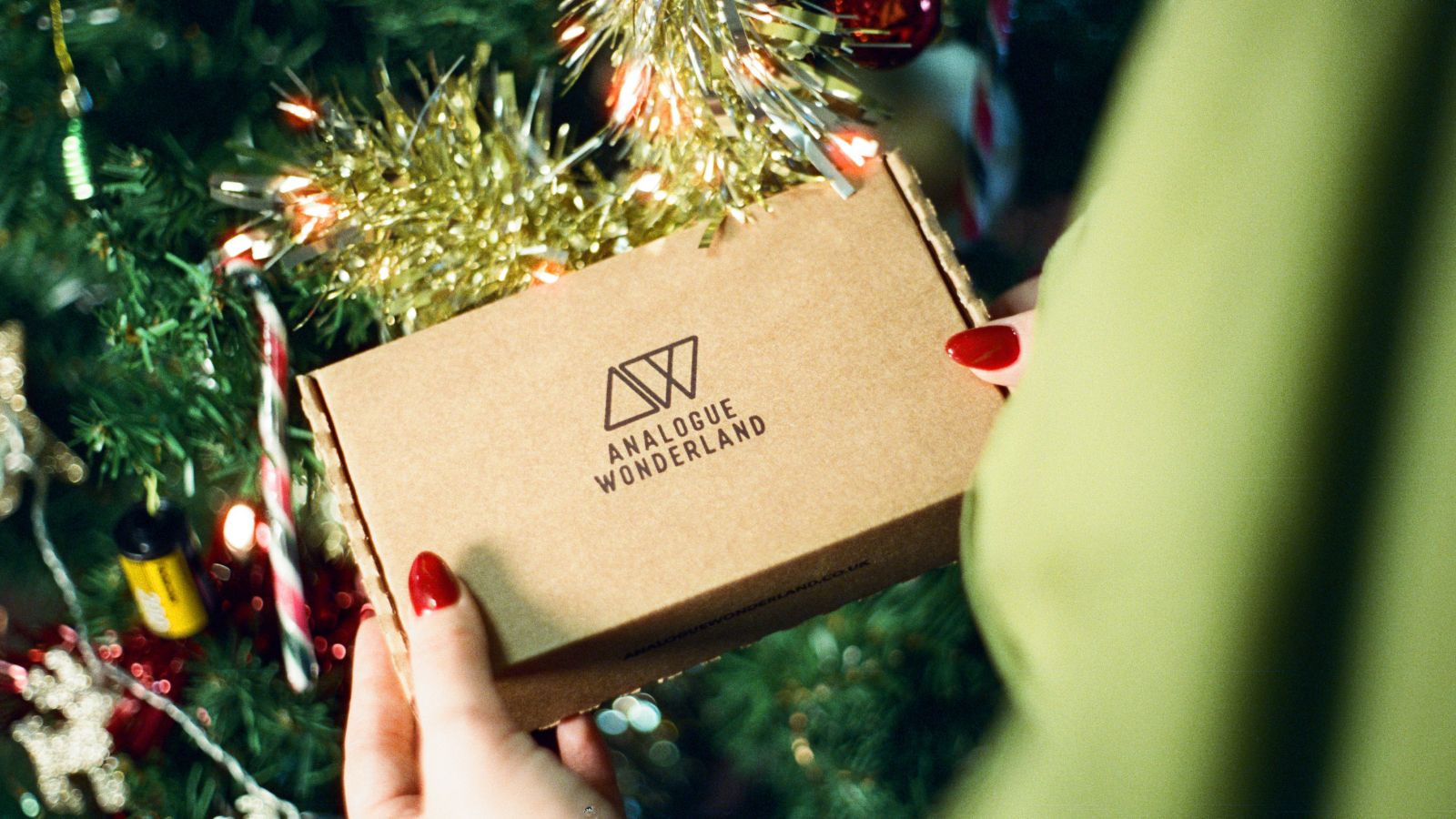
Christmas 2025: Shipping & Opening Hours
Christmas 2025 is fast approaching! To make sure your analogue goodies arrive in time, take note of our last shipping dates, plus opening and operating hours over the festive season. We've got everything you need to gift the magic of film photography this Christmas!

Film Photography Christmas Gift Guide 2025: Analogue Wonderland
Capture the magic of Christmas with film - no filters needed. Our 2025 Film Photography Christmas Gift Guide 2025 is packed with thoughtful presents for every type of shooter, from curious beginners to seasoned photographers. Discover film stocks, cameras, and creative accessories that will make this festive season truly memorable.
Subscribe to our newsletter 💌
Sign up for our newsletter to stay up to date on film photography news, sales and events:
Free Tracked Shipping
On all UK orders over £50
Passion For Film
An unbeatable range and an on-site lab
Our Customers Trust Us
Thousands of independent 5* reviews
All Deliveries are Carbon Neutral
Independently audited and verified by Planet
- Opens in a new window.

